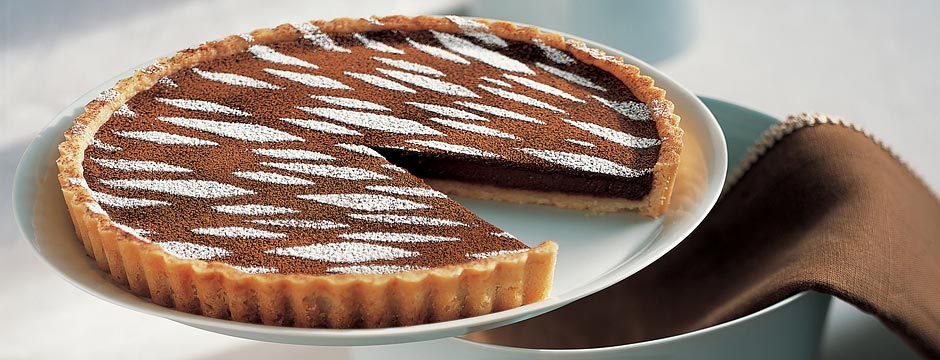Poached Eggs Hold The Vinegar
January 4th, 2012 by Alice Medrich

January 4th, 2012 by Alice Medrich
December 15th, 2011 by Alice Medrich
August 27th, 2011 by Alice Medrich
April 5th, 2011 by Alice Medrich
I have mixers and processors, ice cream machines, an infrared thermometer, digital scale and my share of electric or electronic gadgets in my kitchen. But some of my best, most often used tools are old and simple. Good looking too. And filled with memories. A few date from l972, acquired in Paris, at La Samaritaine, or a street market or corner quincaillerie (hardware store). If I need a cup or two of grated carrots or beets, I'd rather reach for one of my tin (not even stainless steel) Mouli graters than bother with the food processor. One has a rotary barrel, the other slightly larger, Mouli Julienne, has three disks with different size holes. They remind me of finely shredded veggies dressed in vinaigrette, the ubiquitous salades de crudites we ate in modest French restaurants and cafes long ago.
Rolling pins? I have my great grandmother's tapered maple pin, with which my mother made her Thanksgiving apple pie, before she decided it was more convenient to make apple crisps instead of apple pies. I have a small slender pin made of dark wood, that's only 12 inches long and just an inch in diameter. More like a fat dowel than what we consider a rolling pin, this pin is used to roll out crackers or flat bread in I-forget-which country, and was given to me by a friend from Indiana. It is surprisingly versatile. Actually it's the sports car of rolling pins: I find it remarkably easy to manoeuvre and it turns on a dime. I also have a beautiful, and hefty, hand-turned ash and walnut pin crafted recently by another friend. I use whichever suits the task and my mood.
The slotted spoon is employed several times each week to lift perfect poached eggs from their hot (not-even-simmering) bath. I love my micro plane and vastly prefer the original design, without a handle to distract from the essential beauty of a perfect functional tool. I use the grooved mortar and pestle often to make, among other things, a ground coriander, fennel, and pepper corn crust for seared tuna (From Paul Johnson's book, Fish Forever).
March 31st, 2011 by Alice Medrich
March 20th, 2011 by Alice Medrich
March 19th, 2011 by Alice Medrich
(Revised from Chewy Gooey Crispy Crunchy Melt-In-Your-Mouth Cookies)
Makes 1 generous cup
Ingredients:
½ vanilla bean
1 quart whole milk
1 tablespoon butter
½ cup (3.5 ounces) sugar
½ teaspoon baking soda
Pinch of salt (optional but really good…)
Set a fine or medium fine strainer over a heatproof bowl.
With a sharp paring knife, cut the vanilla bean in half lengthwise. In a large heavy bottomed pot (that holds at least 6-quarts) combine the vanilla bean pieces with the milk, butter, sugar, baking soda, and salt. Bring the mixture to a simmer, stirring frequently, especially around the sides of the pot. At first the milk will foam dramatically, and it may curdle, but will eventually smooth out. Continue to cook, frequently stirring in any foam on top and sweeping the sides, corners, and all over the bottom of the pot with a silicone spatula. Keep the mixture boiling briskly but not furiously without letting it overflow. The mixture will gradually turn a deep caramel color as it thickens. This may take from 60-90 minutes, depending on your stove and the size of your pot. The mixture becomes especially bubbly and foamy in the last stages of cooking: adjust the heat so that it bubbles actively but not violently and stir it very frequently, and then constantly (especially around the sides and corners of the pot) until done. It is done when the mixture is reduced to a generous cup and a little spooned over an ice cube thickens to a soft gel. Scrape the sauce into the strainer and stir and press it through. Be sure to scrape the sauce from underneath the strainer into the bowl. Cool the sauce slightly, then taste and adjust the salt. You can put the spent pieces of vanilla bean back into the mixture if you like. They will either keep on giving flavor or at least look as though they are. May be kept in a covered container in the refrigerator for at least 1 month
February 24th, 2011 by Alice Medrich